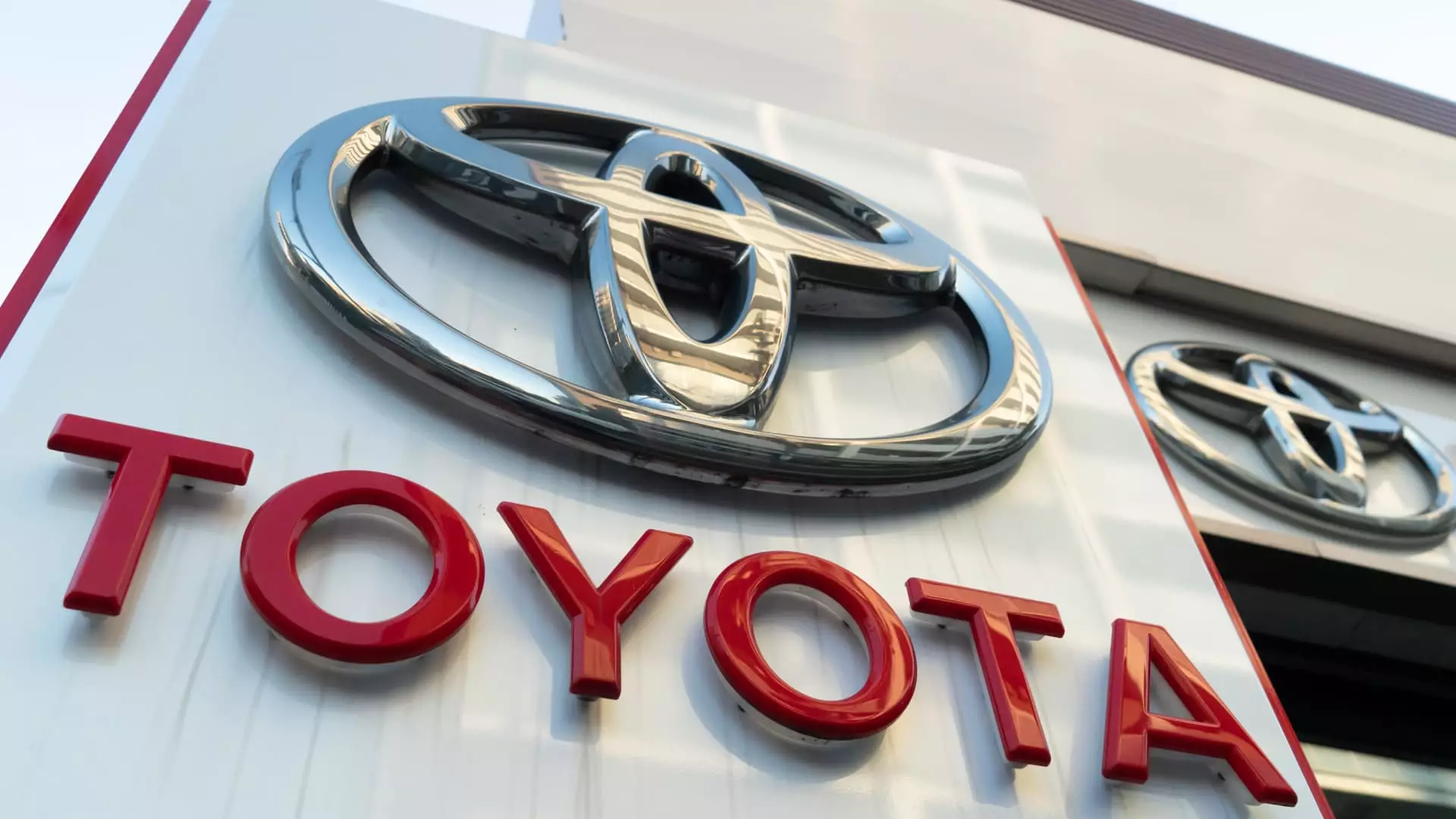The automotive industry is currently at a transformative crossroads, largely influenced by environmental regulations and evolving consumer demands. Recently, Toyota Motor’s executives voiced serious concerns regarding California’s ambitious electric vehicle (EV) mandates, which are scheduled to roll out in the coming year. The assertion that these mandates are “impossible” to meet raises critical questions about the broader implications for automakers, consumers, and the automotive market as a whole. This article will analyze the implications of these regulations on automotive choice, industry dynamics, and the necessity for a cohesive national policy.
The California Air Resources Board (CARB) has instituted the “Advanced Clean Cars II” regulations that require 35% of all model-year 2026 vehicles sold to be zero-emission vehicles (ZEVs). According to the policies, only battery-electric, fuel cell, and certain plug-in hybrid vehicles are considered zero-emission. The target aligns with a broader vision where, by 2035, 100% of new vehicle sales in California are mandated to be zero-emission models. While the goal signifies a substantial stride toward sustainability, actual market readiness raises a significant red flag.
Data released by J.D. Power has shown that the adoption rates of EVs and plug-in hybrid electric vehicles (PHEVs) are still alarmingly low. As of October, the national average for retail sales of these vehicles stood at a mere 9%. Only California, Colorado, and Washington have managed to cross the 20% threshold, indicating a widespread lack of infrastructure and market enthusiasm in other states. This inadequate readiness calls into question the feasibility of CARB’s ambitious mandates.
Toyota’s Chief Operating Officer, Jack Hollis, has been particularly vocal about the ramifications the mandates could impose upon the industry. He emphasizes that if these regulations are leaned upon without adjustment, it could lead to what he describes as “unnatural acts” in the automotive sector. Such actions may include automakers disproportionately supplying states compliant with these rules while neglecting the needs of broader markets. This misalignment could distort the industry and lead to imbalances in production strategies.
The assertion that current demand simply does not support the ambitious mandates highlights a fundamental challenge. Consumers are often resistant to transitioning to electric vehicles due to various concerns, including range anxiety, charging infrastructure, and vehicle costs. If these mandates are enforced without adequate market encouragement, they may inadvertently narrow consumer choices rather than expand them.
Hollis expressed a preference for a national standard that would enable automakers to treat all customers equitably across states. Such a unified approach would not only simplify compliance for manufacturers dealing with varying regulations but also promote a collaborative stance between states, the federal government, and the automotive industry. The continuous legal tussles over emissions standards, especially in light of political changes, only exacerbate the instability within the auto market.
The fantasy of a cohesive national guideline is not merely a policy preference but a necessity as the automotive landscape evolves rapidly. Differing state laws can create a patchwork of regulations that complicate production capabilities and marketing strategies. This inconsistency is something that automakers, including industry giants, wish to avoid.
The conversation surrounding California’s mandates presents a crucial juncture for the automotive industry. While the push for EVs aligns with global sustainability goals, the existing infrastructure and consumer readiness suggest significant hurdles ahead. Automakers are rightly cautious, as the imposition of strict EV mandates without accounting for market realities may lead to restricted choices for consumers rather than the desired transition towards cleaner vehicles. Ultimately, all stakeholders must engage in re-evaluation and dialogue to establish achievable, sound policies that promote growth without sacrificing consumer choice and market balance. A deliberate alignment between state initiatives and national policies could be the pathway to a successful transition.


Leave a Reply